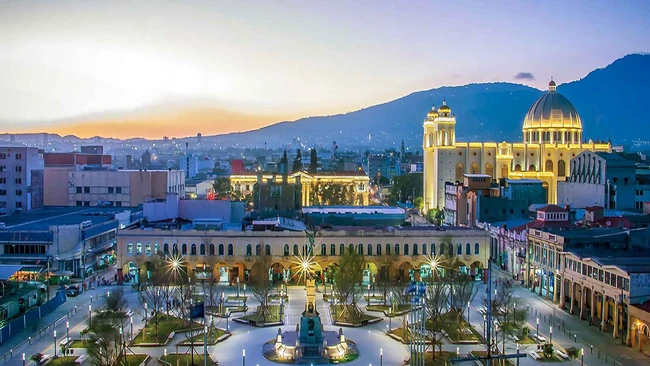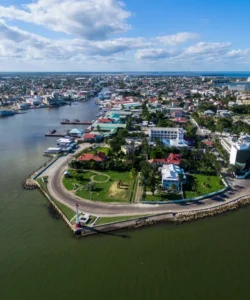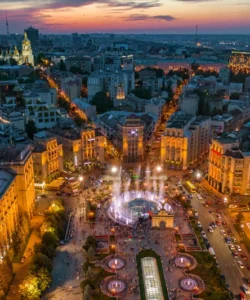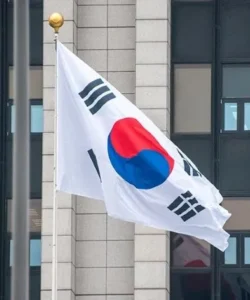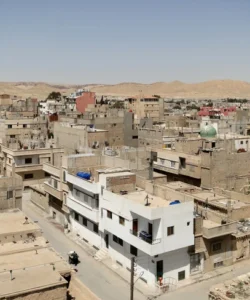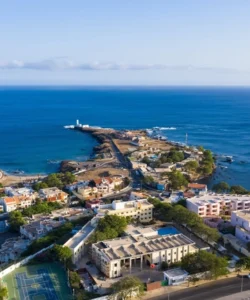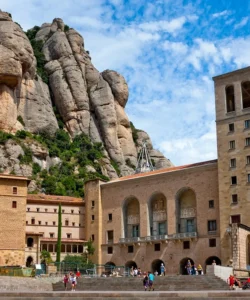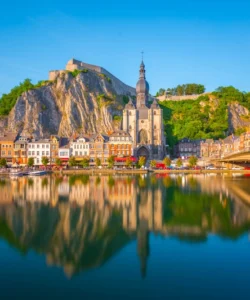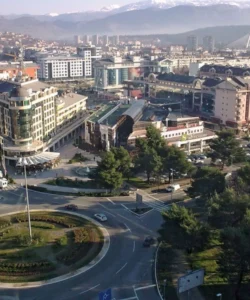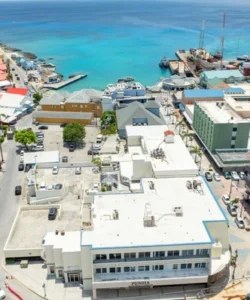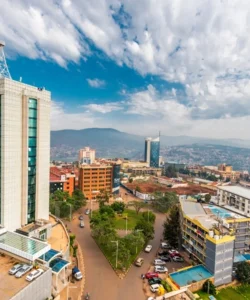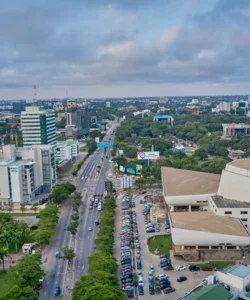El Salvador is the smallest country in Central America, located on the Pacific coast. It’s often called the “Land of Volcanoes” due to its numerous volcanoes, and it’s known for its rich cultural heritage, beautiful beaches, and vibrant local life.
Area and Population:
El Salvador covers an area of approximately 21,041 km² (8,124 sq mi). Its population is estimated to be around 6.3 million inhabitants (as of 2024).
Language:
The official language of El Salvador is Spanish. Some indigenous languages, primarily Nahuat, are spoken by small communities, but Spanish is universally understood.
Currency:
El Salvador officially adopted the United States Dollar (USD) as its currency in 2001. In 2021, it also became the first country in the world to adopt Bitcoin as legal tender, although its practical use for everyday transactions remains limited for most.
Religion:
The predominant religion in El Salvador is Christianity, with Catholicism historically being the largest denomination. However, Protestantism, particularly Evangelical denominations, has experienced significant growth and now accounts for a very large portion of the population.
Capital:
The capital city of El Salvador is San Salvador, located in the Valle de las Hamacas (“Valley of the Hammocks”), surrounded by volcanoes. It is the country’s largest city and its political, economic, and cultural center.
Major Cities:
Besides San Salvador, other significant cities and towns in El Salvador include:
- Santa Ana: The second-largest city, known for its impressive neo-Gothic cathedral and proximity to Santa Ana Volcano.
- San Miguel: A major city in the eastern part of the country.
- Sonsonate: A city in the west, known for its colonial church and indigenous heritage.
- Suchitoto: A charming, well-preserved colonial town known for its arts and culture.
- El Tunco: A popular surf town on the Pacific coast.
Attractions and Wonders:
El Salvador offers a diverse range of attractions, from ancient ruins and colonial towns to stunning volcanic landscapes and Pacific surf breaks.
- Mayan Ruins:
- Tazumal: The most impressive and well-preserved Mayan ruins in El Salvador, featuring a large pyramid and ceremonial structures.
- Joya de Cerén: A UNESCO World Heritage site often called the “Pompeii of the Americas,” a pre-Hispanic Maya farming village perfectly preserved under volcanic ash.
- San Andrés: Another significant Mayan archaeological site.
- Volcanoes and Lakes:
- Santa Ana Volcano (Ilamatepec): The highest volcano in El Salvador, offering a rewarding hike to its stunning turquoise crater lake.
- Cerro Verde National Park: Part of the “Route of the Volcanoes,” offering stunning views of Izalco and Santa Ana volcanoes, and Lake Coatepeque.
- Lake Coatepeque: A beautiful crater lake, popular for water sports and relaxation.
- Lake Suchitlán: The largest artificial lake in El Salvador, surrounding the colonial town of Suchitoto, great for birdwatching and boat trips.
- Pacific Coast Beaches and Surfing: El Salvador is gaining recognition as a prime surfing destination.
- El Tunco: A popular surf town with a vibrant atmosphere, known for its consistent waves.
- El Sunzal and La Bocana: Other popular surf spots.
- El Zonte: Another growing surf and beach destination.
- Ruta de las Flores (Route of Flowers): A picturesque tourist route in the western highlands, connecting charming towns like Juayúa (famous for its food festival), Ataco, Apaneca, and Nahuizalco, known for coffee plantations, vibrant murals, and artisan markets.
- Suchitoto: Explore its cobblestone streets, colonial church, art galleries, and enjoy boat trips on Lake Suchitlán.
- El Imposible National Park: The largest national park in El Salvador, a significant dry tropical forest reserve with diverse wildlife and hiking trails.
- Puerta del Diablo (Devil’s Door): A rock formation offering panoramic views of the Pacific coast and surrounding landscapes.
- San Salvador: Visit the Metropolitan Cathedral, National Palace, National Theater, and explore the historic downtown.
Architecture:
El Salvador’s architecture reflects its colonial past and resilient spirit in the face of frequent seismic activity.
- Colonial Architecture: While many older buildings have been affected by earthquakes, charming examples can still be found in historic centers, particularly in towns like Suchitoto, Santa Ana, and parts of San Salvador. Churches often feature Spanish colonial Baroque or Neoclassical elements.
- Art Deco and Modernist: Some structures in San Salvador reflect early to mid-20th-century styles.
- Contemporary Architecture: Newer commercial and residential developments in San Salvador feature modern designs. The frequent need for reconstruction has led to resilient building practices.
Roads:
El Salvador has a relatively well-developed road network compared to its size. Major highways are generally paved and in good condition, connecting principal cities and tourist destinations. The Pan-American Highway traverses the country. However, rural roads or those leading to more remote attractions can be unpaved and less maintained. Public bus transportation is extensive, affordable, and a common way to travel between towns.
Hotels:
El Salvador offers a range of accommodation options. In San Salvador, you’ll find international chain hotels, business hotels, and local hotels. Along the Pacific coast, particularly in surf towns like El Tunco, there are surf lodges, boutique hotels, guesthouses, and hostels. In smaller colonial towns or near natural attractions, charming boutique hotels and more rustic options are available.
Restaurants and Cuisine:
Salvadoran cuisine is flavorful and often based on corn, beans, and fresh ingredients. It’s generally not overly spicy but can be seasoned well.
- Key Dishes:
- Pupusas: The national dish of El Salvador. These are thick corn tortillas filled with various ingredients such as cheese, refried beans, chicharrón (cooked pork meat ground to a paste), or a mix of these (revueltas), then grilled. They are typically served with curtido (a lightly fermented cabbage slaw) and salsa roja (a mild tomato sauce).
- Yuca Frita/Salcochada: Fried or boiled cassava root, often served with chicharrón and curtido.
- Pan con Pavo: A traditional sandwich with slow-roasted turkey in a savory sauce, often served on a French roll.
- Sopa de Pata: A hearty soup made with cow’s feet, tripe, corn, plantains, and vegetables.
- Tamales: Steamed corn dough filled with chicken or pork, potatoes, and vegetables, wrapped in plantain leaves.
- Pastelitos: Small, savory fried pastries filled with meat or vegetables.
- Atol de Elote: A sweet, thick corn drink, often consumed for breakfast or as a snack.
- Fresh Seafood: On the coast, fresh seafood is abundant, often served grilled or fried.
- Restaurants: In San Salvador, you’ll find a wide variety of restaurants, from traditional pupuserías (specializing in pupusas) to international and upscale dining. Along the Ruta de las Flores, charming local restaurants serve regional specialties. Coastal towns offer fresh seafood and more casual eateries catering to surfers. Local markets are excellent for trying traditional snacks and fresh produce.
